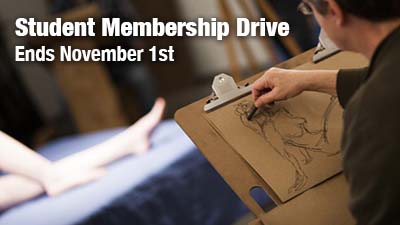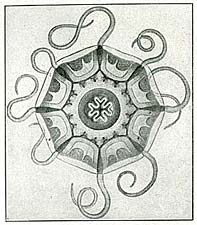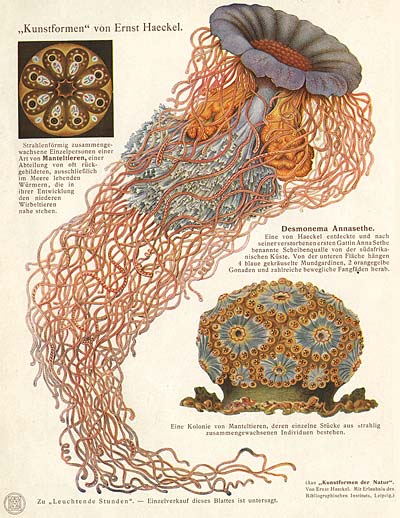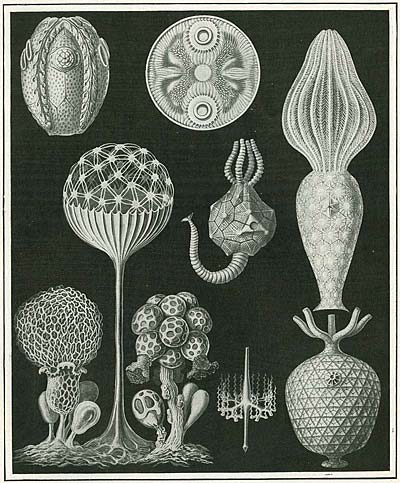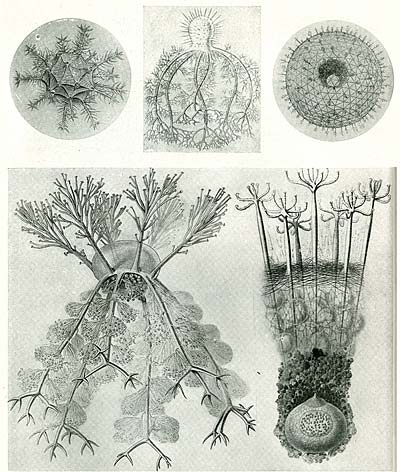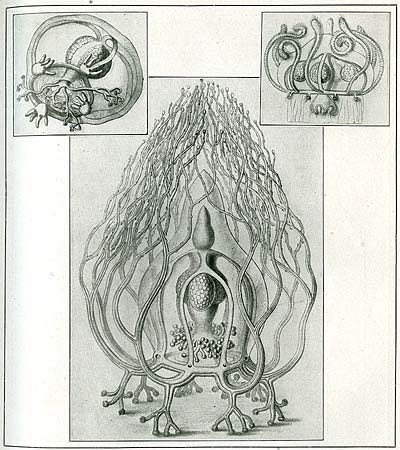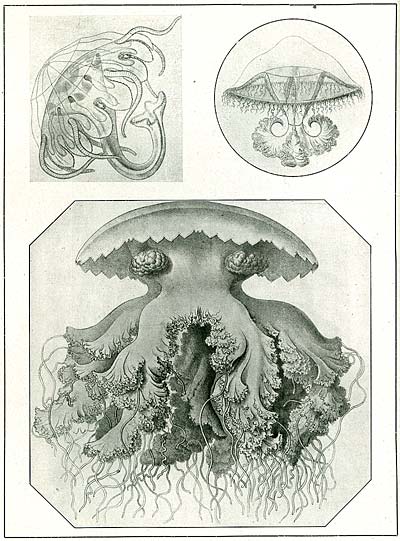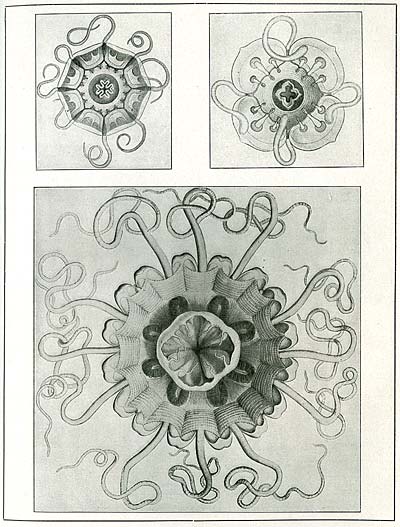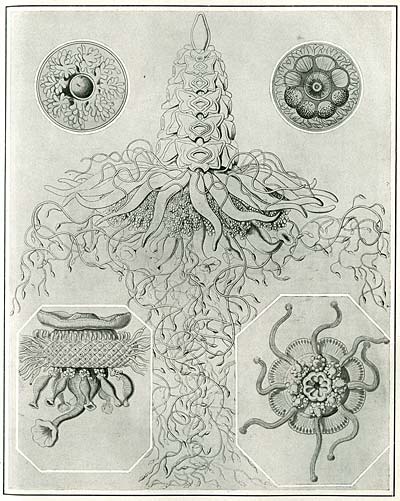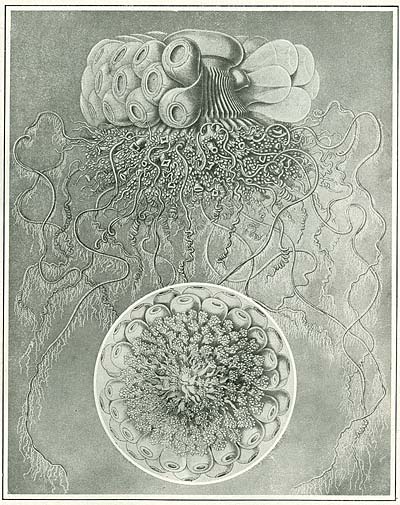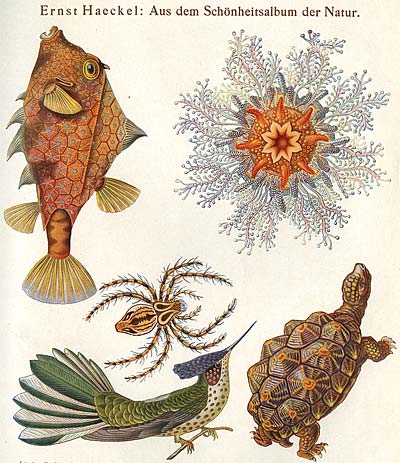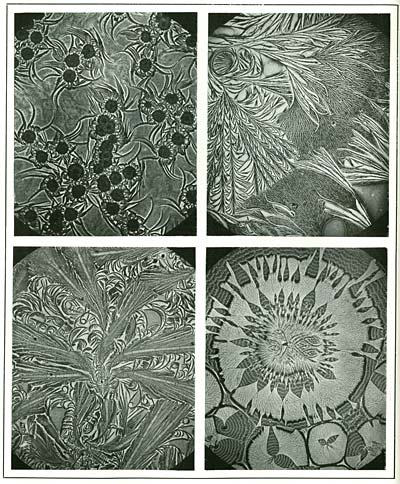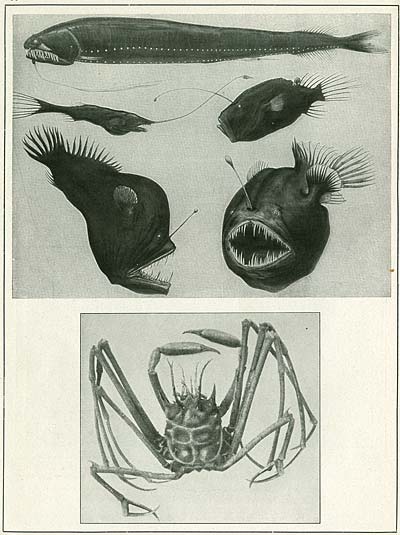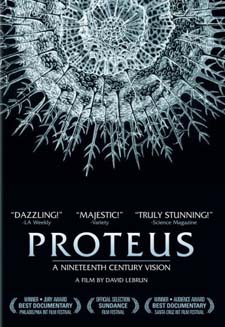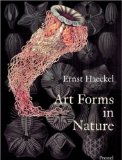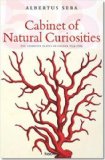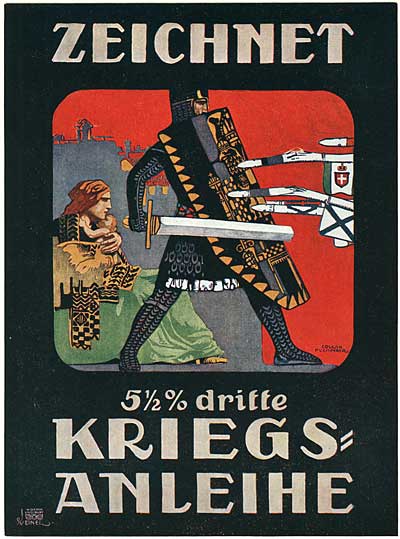
Back when I was in college, I was wandering through a junk shop and found a file folder that was stamped "Return To Louis Van Den Ecker, Technical Director". I peeked inside and found a pile of interesting clippings. It was a reference file dealing with propaganda posters from the First and Second World Wars. I bought the folder and brought it home and did some research on Louis Van Den Ecker. He turned out to have been an expert employed by the studios to insure that their depiction of particular times and places were accurate. He worked on the 1939 version of Hunchback of Notre Dame, Beau Geste, Adventures of Robin Hood, The Three Musketeers and The Count of Monte Cristo among many other films. I assembled his clippings into a logical order and mounted them into a scrapbook. Today, we scanned this book for our archive database.
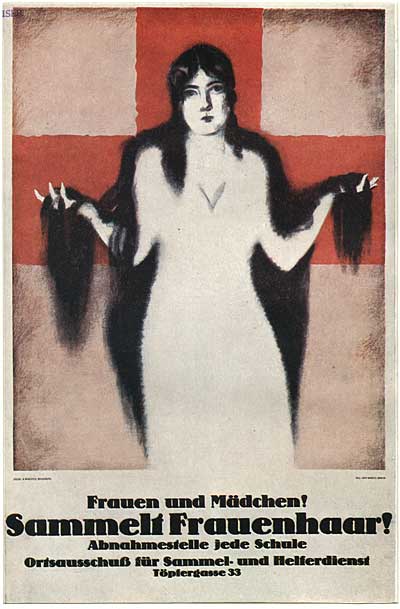
The concept of propaganda is widely misunderstood. Many people automatically assume that it’s a negative thing. But propaganda is just a tool that can be used for either good or bad. Propaganda involves bypassing the intellect and appealing directly to emotion to motivate a group of people to action. During the World Wars, time was of the essence and masses of people needed to work together for the common goal of defending the nation. It would have been too slow to talk each and every move out with the whole population, so governments used powerful imagery to bring everyone together in the war effort.
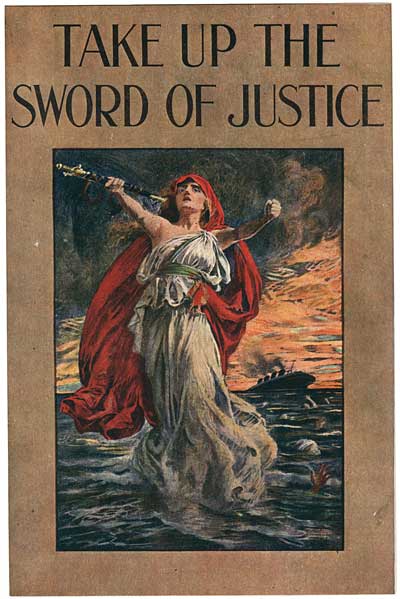
I’m not sure if it’s just the bias of this particular collection, or if it was actually the case during WWI, but looking at these examples, one can see how inept the Germans were at using propaganda. The German posters in this collection seem to appeal to abstract concepts like national pride, flags and mythology; while the Allied propaganda goes straight for the heart with concepts like motherhood, security, and moral outrage. Look at the example above. The figure in the foreground represents the outrage of the nation at the sight of a sinking ocean liner and a sailor’s hand rising from the surf begging for help. Even after nearly a century, the powerful imagery still makes its point.
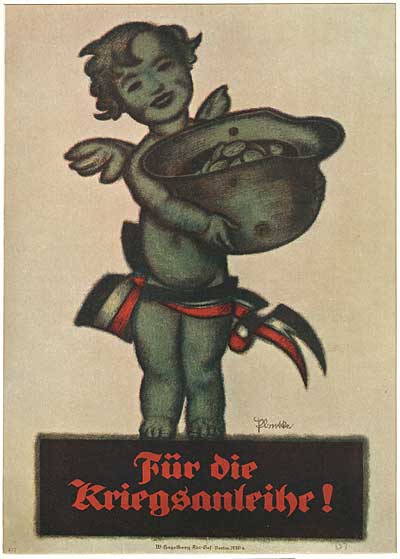
Contrast that impact with the poster above… Abstract concepts are stacked up on top of each other… It’s not a baby… it’s a statue of a baby. And it isn’t even a statue of a baby, it’s a statue of a cherub. There is no eye contact, just empty eye sockets. The emotional impact of the bullet hole in the helmet is totally negated by its similarity to the baby’s belly button! It’s hard to imagine this image motivating anyone to give money to the cause.
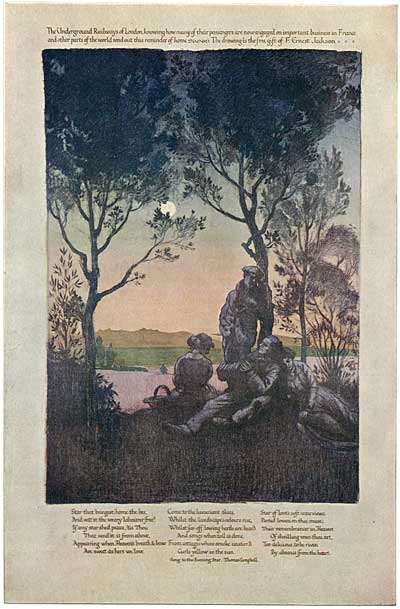
Early examples, like the one above, were created by renowned artists, and the subjects required close inspection, reflection and thought to grasp.
As time went by, the images became more graphic and direct…
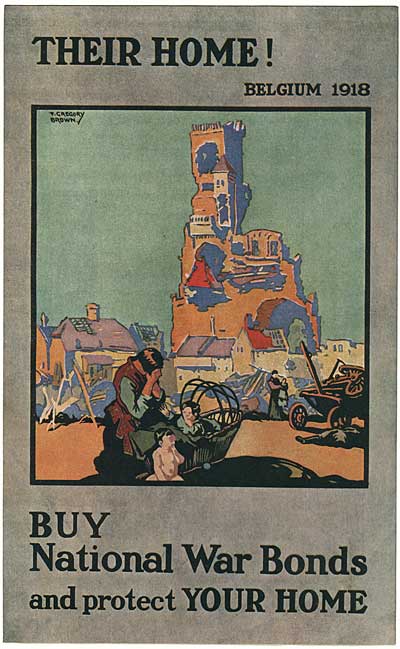
Sketches of children orphaned by the war were potent images…
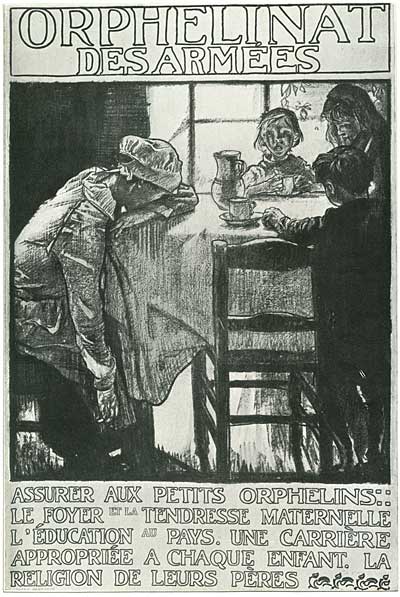
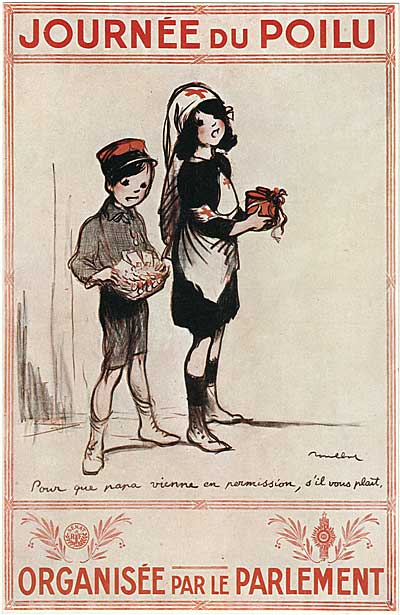
National and religious symbols seem to be much less effective, even when they are more interesting from an artistic standpoint…

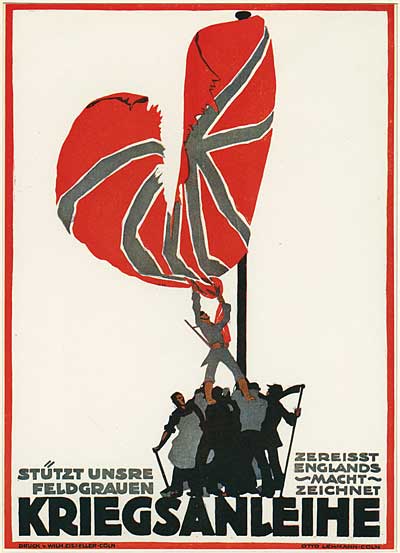
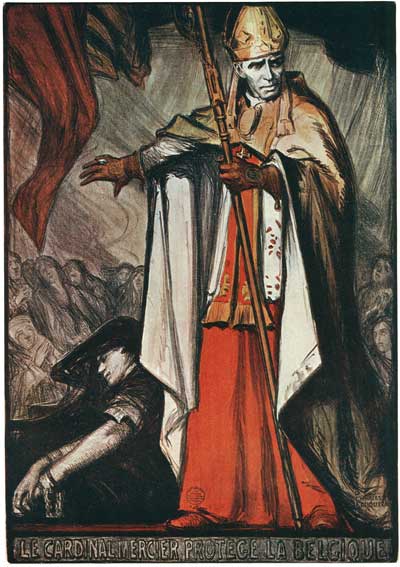
These next two are interesting because they show how the two sides saw themselves. The German soldier is idealized in a kitsch way, while the French soldier seems more real and down to earth…
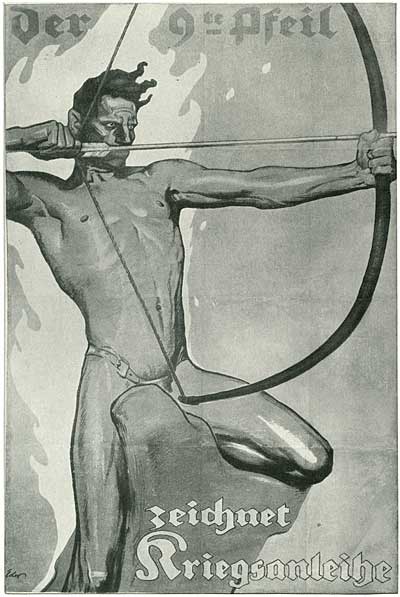
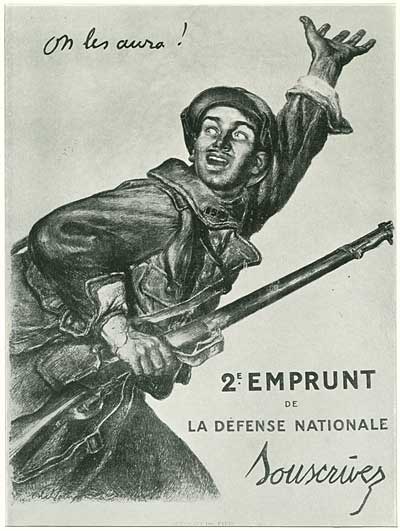
Which side would you rather be on?
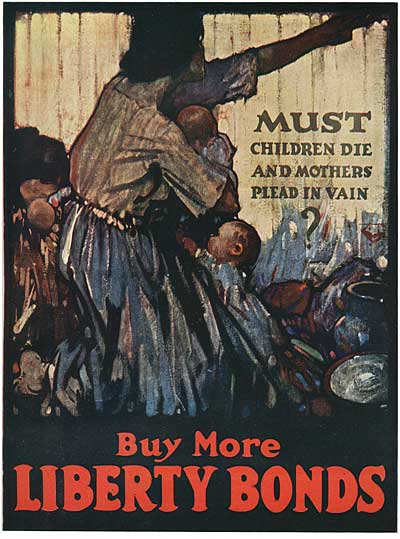
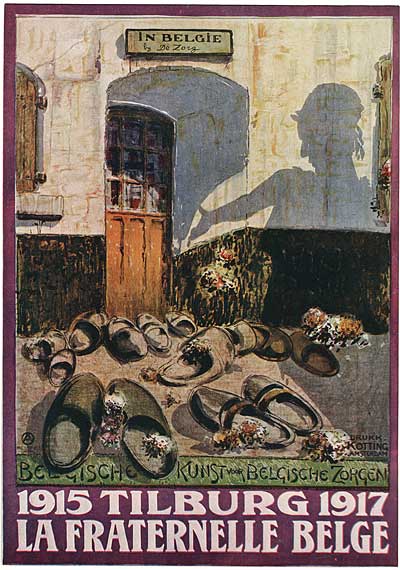
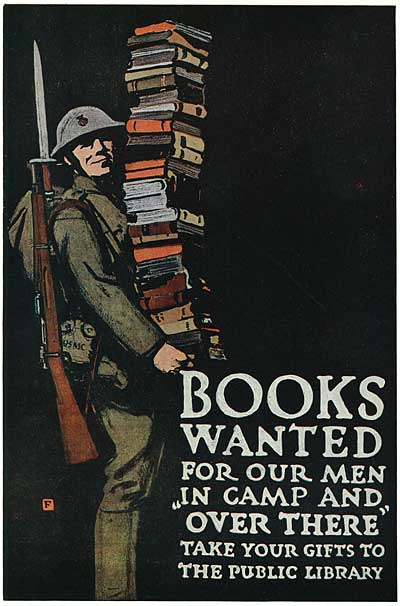
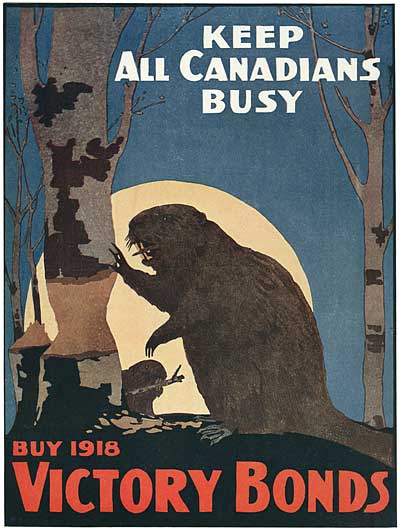
When the nations of the world entered into World War I, the methods and techniques of propaganda were naiive and innocent. But by the end of the First World War, the techniques of waging war in the hearts and minds of the public had entered the modern era. Propaganda had become much more sophisticated and powerful.
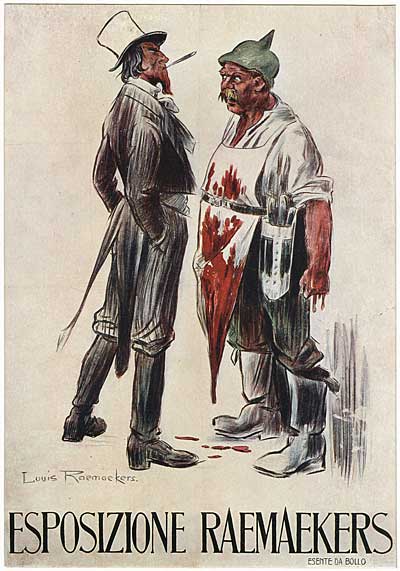
The rapid growth in the sophistication and effectiveness of propaganda during WWI was largely due to the work of one man… a man who went from spending his life as a quiet landscape painter to being the most powerful cartoonist of his day, Louis Raemakers. His story is a fascinating one, and you can read about it and see examples of his work on our article titled…
Louis Raemaekers- The Cartoonist Who Helped Win The First World War
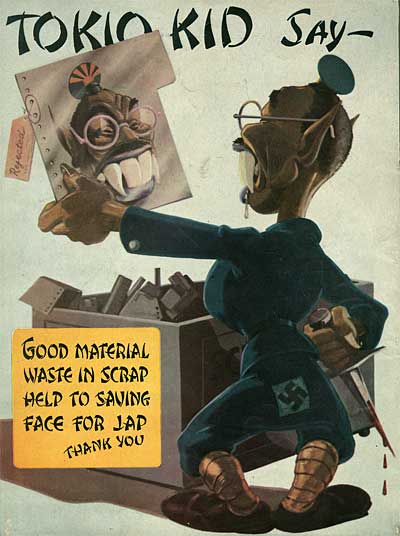
By WWII, leaders realized that battles could be fought and won on the homefront. Propaganda became an important part of motivating the population to work together toward the common goal of defeating the axis powers. Compare the WWI posters in this and the previous post to the examples from WWII presented here. Notice how the design and layout enhance the emotional impact of the concepts. Many of these posters still pack a wallop.
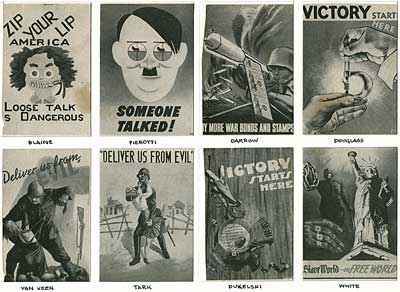
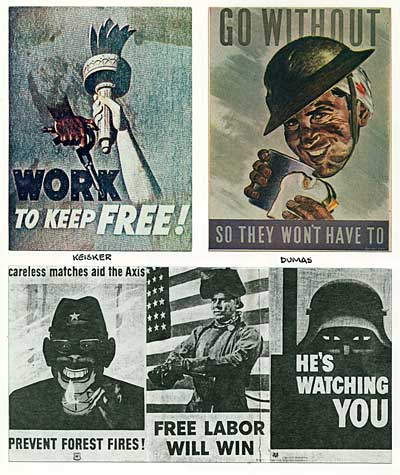
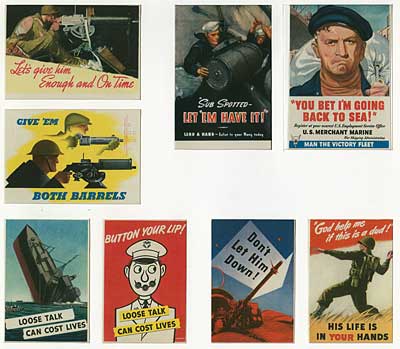
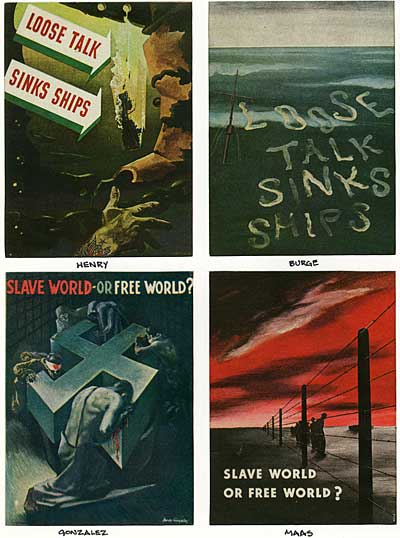
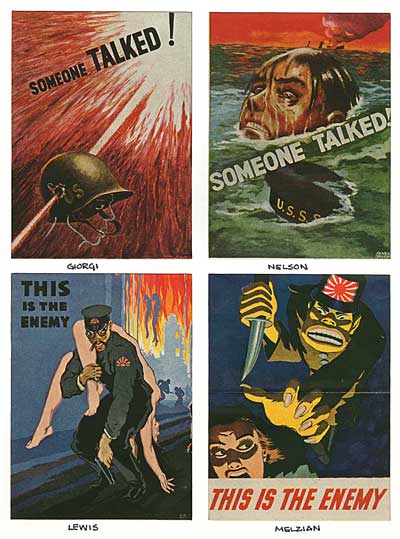
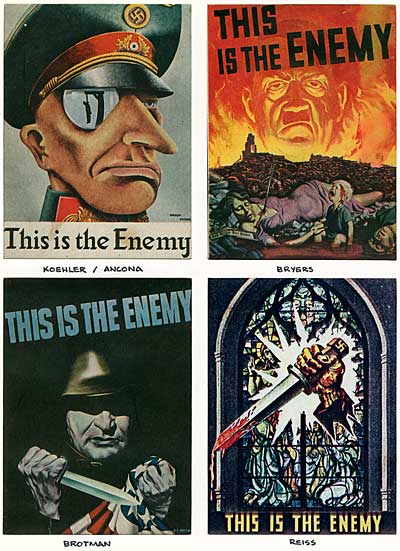
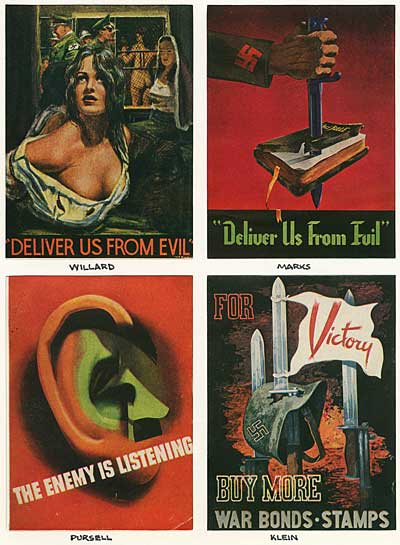
For more on this subject, see Alfred and Elizabeth Briant Lee’s excellent book The Fine Art of Propaganda: A Study of Father Coughlin’s Speeches 1938.
Now you may be asking yourself, what does propaganda have to do with animation? Well… Think for a moment about the definition of propaganda, "bypassing the intellect and motivating an audience through a direct appeal to emotion" and then think about this image from an animated film I’m sure you’re familiar with…
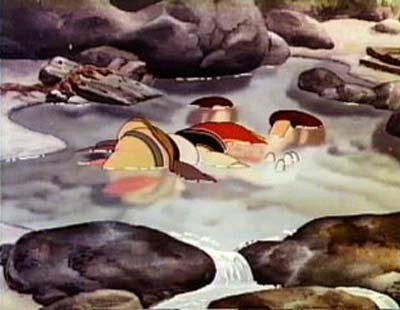
Can you think of any other plot devices used in animated features that operate on this direct level?
Stephen Worth
Director
Animation Resources


This posting is part of a series of articles comprising an online exhibit entitled Theory.
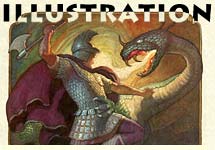

This posting is part of a series of articles comprising an online exhibit spotlighting Illustration.
THIS IS JUST THE TIP OF THE ICEBERG!
Animation Resources has been sharing treasures from the Animation Archive with its members for over a decade. Every other month, our members get access to a downloadable Reference Pack, full of information, inspiration and animation. The RefPacks consist of e-books jam packed with high resolution scans of great art, still framable animated films from around the world, documentaries, podcasts, seminars and MORE! The best part is that all of this material has been selected and curated by our Board of professionals to aid you in your self study. Our goal is to help you be a greater artist. Why wouldn’t you want to be a member of a group like that?
Membership comes in three levels. General Members get access to a bi-monthly Reference Pack as well as a Bonus RefPack from past offerings in the in-between months. We offer a discounted Student Membership for full time students and educators. And if you want to try out being a member, there is a Quarterly Membership that runs for three months.
JOIN TODAY!
https://animationresources.org/membership/levels/
FREE SAMPLES!
Not Convinced Yet? Check out this SAMPLE REFERENCE PACK! It will give you a taste of what Animation Resources members get to download every other month! That’s 560 pages of great high resolution images and nearly an hour of rare animation available to everyone to download for FREE! https://animationresources.org/join-us-sample-reference-pack/


 Animation Resources depends on your contributions to support its projects. Even if you can’t afford to join our group right now, please click the button below to donate whatever you can afford using PayPal.
Animation Resources depends on your contributions to support its projects. Even if you can’t afford to join our group right now, please click the button below to donate whatever you can afford using PayPal.









 by
by 

![]()















